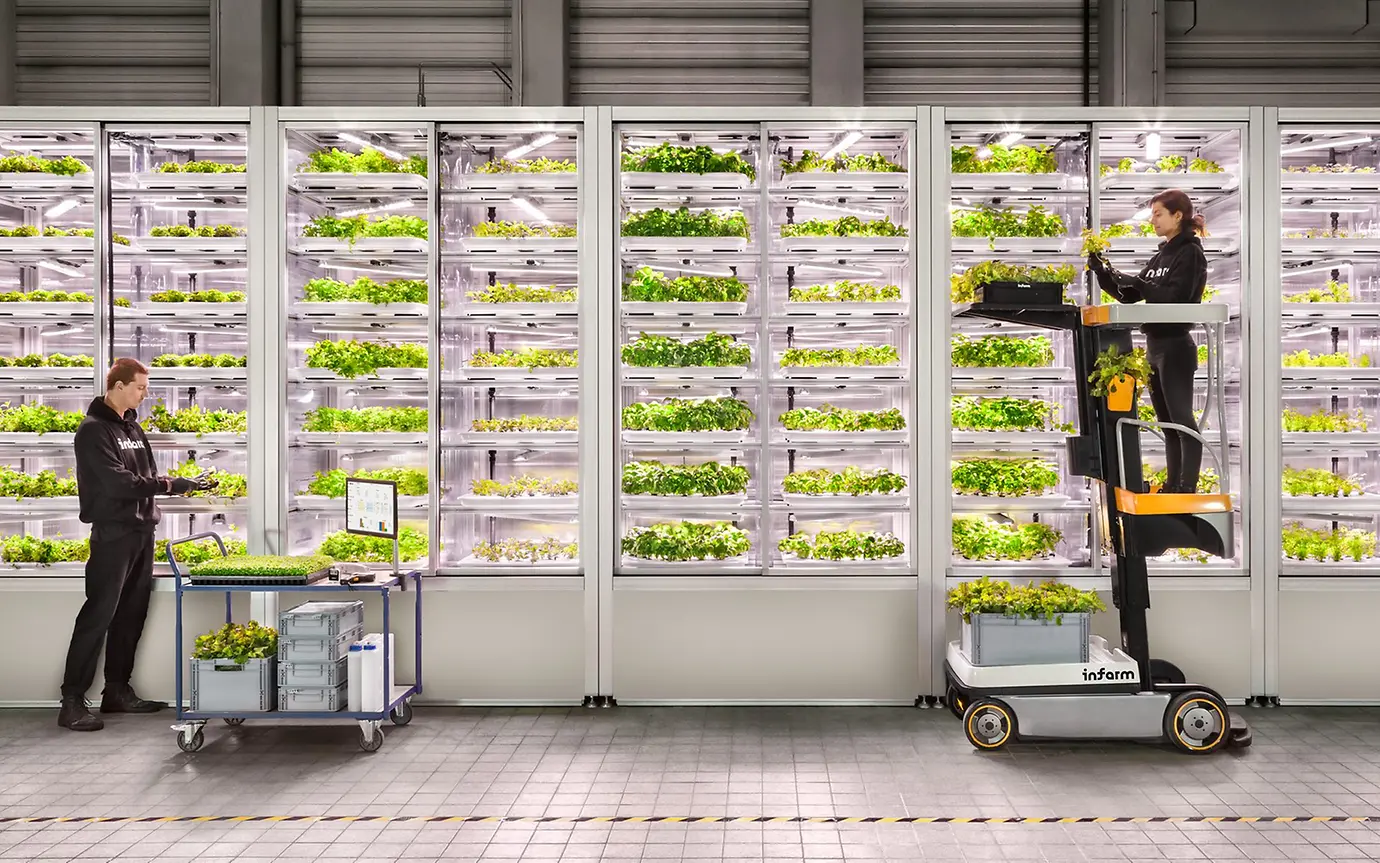5 Types of Kitchen Mats
If a lot of your day involves cooking, baking and clean-up, a good kitchen mat becomes an important investment in your feet, knees, hips and back. Our anti-fatigue option has soft but generous cushioning; waterproof construction with stain-resistant finishes make life still easier.
Home cooks, bakers, recipe developers and cookbook authors told us which mats they used when working around their stoves or crafting in the kitchen, supplying anecdotes centered around both aesthetic and functional qualities, alongside easy clean-up.
Anti-Fatigue Mat
Anti-fatigue mats are also suitable for amateur chefs and bakers, as well as full-time kitchen workers, especially if they experience fatigue in their feet, lower legs and lower back as they cook. The materials used in such mats are generally soft foam or polyurethane for heavy use, and often include referred spill proof or ‘drop-resistant’ laminated top surface.
Mats are available in pretty much every shape, size (or cut for awkward layouts), colour and pattern or design, and in all thicknesses from extra-thin to super-plush. There are mats with properties to resist chemicals or oils, ideal for use in commercial kitchens or garages; there are ‘grit tops’ with surfaces that swell up and provide additional traction in slippery conditions; there are floorcoverings designed to be flexible, which help to reduce pressures that build up on the feet while standing, encourage micro movements that support good postural patterns, and protect the subfloor from damage when dropped items hit it from above.
Woven Mat
Woven mats were also traditionally used by families to enclose their own sleeping space in the longhouse. Leaves of the panda’an (pandanus) plant, split into thin strips, removing any thorns and dried and bleached in the sun and then again bleached by the sun. Mats with more elaborate patterns are still produced in some island groups.
Red feathers from kula or kaka birds frequently used in Fiji, Tonga, Samoa and Tuvalu when status is announced, are added to the outer borders of mats to make them known. Woven mats are found all over Micronesia and Tuvalu, as well.
Chopped strand mat and woven cloth have quite different structures and strengths, but they serve the same purpose of reinforcing the composite material. Chopped strand mat consists of short glass fibres randomly arranged and held together by adhesive. Woven fibreglass cloth consists of long glass fibres bundled into grids.
Red Rubber Mat
Rubber kitchen mats reduce fatigue of standing workers by cushioning from back or leg impacts and they are flexible enough to give shock absorption. Some home restaurant chefs can have a safer kitchen floor soothed by mats, because they keep you steady on poor or wet surfaces such as ice and grass. These long-lasting location friendly items of functional beauty can assist with grease and thick liquids spilt on the floor for hygienic and safer cooking.
While there are differences between natural and synthetic rubber used in the manufacturing process (eg, nitrile rubber mats have stronger resistance against chemicals and greases used in commercial kitchens; synthetic styrene butadiene rubber mats and post-consumer recycled rubber mats have stronger resistance against environmental effects than nitrile mats).
Portable and easily washable, they are a perfect companion for anyone seeking to protect or add comfort to their home floors, and provide extra traction for those walking barefoot over dirt or gravel outside.
Diamond-Embossed Rubber Mat
The diamond pattern in the vinyl mats also bring a little bit of an industrial feel to the place especially the one with a raised diamond pattern for extra traction in areas where carts or equipment often stay in one place and if there’s any slip and fall incidents since vinyl has a waterproof covering it’s specially made for floors that want to reduce the risk of slip and fall incidents. Vinyl mats are also good for factories, vending areas or warehouse floors as vinyl floor mats protects floors from liquids like oils and chemicals while metal runners dings or dents the floors with the impact of the moving carts or equipment.
This heavy duty rubber mat is great for use in residential garages as well as at home. There are different uses for these kinds of mats, including vehicles/trailer floors, gym mats, and kennels.
Crumb rubber that’s been revulcanized – which actually means heating up recycled material back together into one solid dense non porous mat – is how these anti-fatigue mats are made. They weigh about 4.2 Lbs per sq ft and are sold in 10’x12′ kits with chevrons border optional. These mats are an excellent choice to increase any workplace safety; it could be used indoors or outdoors.










